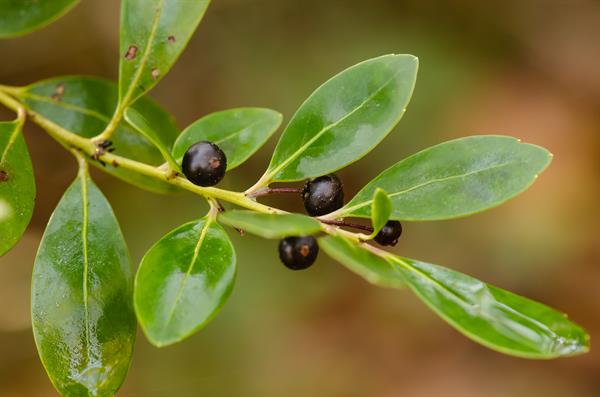
Origin/Endemic status: Native
Synonymy: = C, F, Fl7, G, GW2, K3, K4, NE, NY, Pa, RAB, S, S13, Tat, Tx, Va, WH3, Clark (2023), Godfrey (1988)
Wetland Indicator Status:
- Atlantic and Gulf Coastal Plain: FACW
- Eastern Mountains and Piedmont: FAC
- Northcentral & Northeast: FACW
Heliophily: 5
Hover over a shape, letter, icon, or arrow on the map for definition or see the legend.
 © Bruce A. Sorrie | Original Image ⭷
© Bruce A. Sorrie | Original Image ⭷ © Keith Bradley | Original Image ⭷
© Keith Bradley | Original Image ⭷ © Erik Danielson source | Original Image ⭷
© Erik Danielson source | Original Image ⭷ © Aidan Campos source | Original Image ⭷
© Aidan Campos source | Original Image ⭷ © Collectors SOS | Original Image ⭷
© Collectors SOS | Original Image ⭷ © Collectors SOS | Original Image ⭷
© Collectors SOS | Original Image ⭷ © Gary P. Fleming | Original Image ⭷
© Gary P. Fleming | Original Image ⭷ © Jay Horn source | Original Image ⭷
© Jay Horn source | Original Image ⭷ © Gary P. Fleming | Original Image ⭷
© Gary P. Fleming | Original Image ⭷ © Jennifer Peterson | Original Image ⭷
© Jennifer Peterson | Original Image ⭷ © Collectors SOS | Original Image ⭷
© Collectors SOS | Original Image ⭷Feedback
See something wrong or missing on about Ilex glabra? Let us know here: (Please include your name and email if at all complicated so we can clarify if needed.)
Cite as...